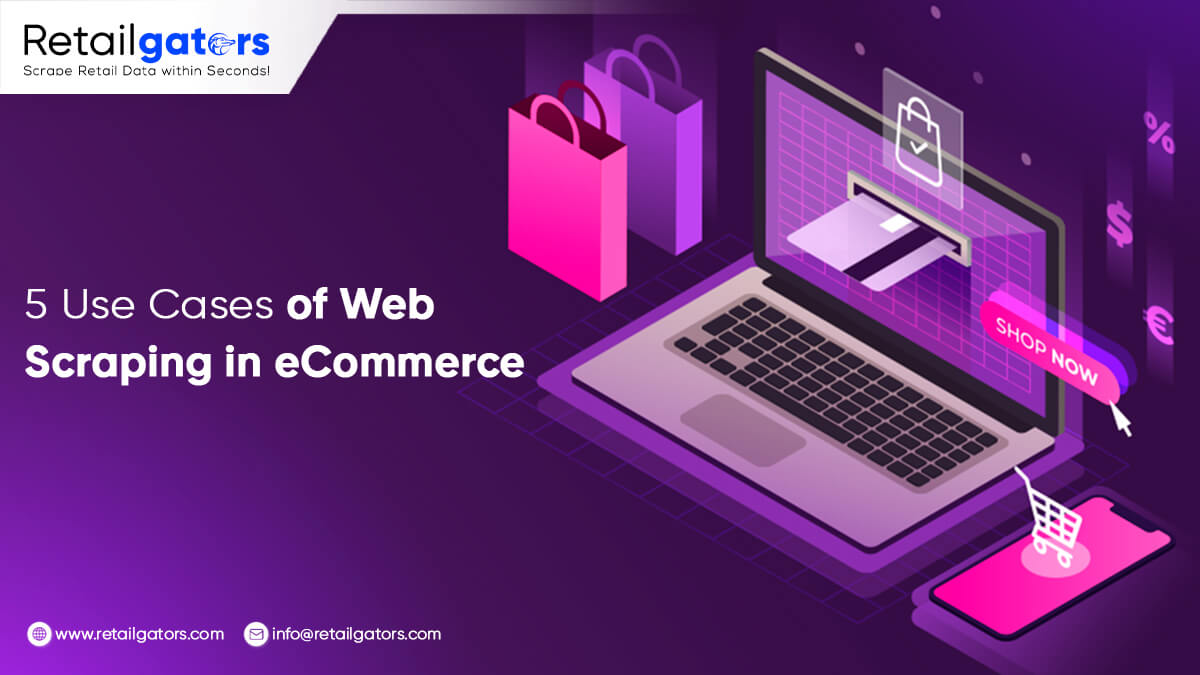
With the help of a web scraper, your business can get a bird's-eye view of market trends. This offers a lot of benefits. You can modify your business plan to outperform your rivals based on the data you are gathering. Let us look at five scenarios. This is where web scraping services can help your eCommerce business. You can learn how to make the most of these situations. This is possible by choosing the appropriate scraping technology.
1. All about e-commerce data

There are rising volumes of online data. As a result, eCommerce businesses find it challenging. They will struggle to keep track of their critical information. They will also face issues in tracking business intelligence data. This almost forces online businesses to adopt data-driven decision-making. It is while planning digital marketing strategies. Besides, reports have shown that data-driven companies are likely to be 52% better. They can identify customer needs and are 19 times more profitable.
Therefore, implementing a web scraping tool is the best answer. This helps to gain accurate insights into your business. You can also get real-time market analytics. So, leverage publicly available data to analyze your competitors. You can also generate higher leads and monitor your customer demands.
The major types of eCommerce data include the following -
Customer data:
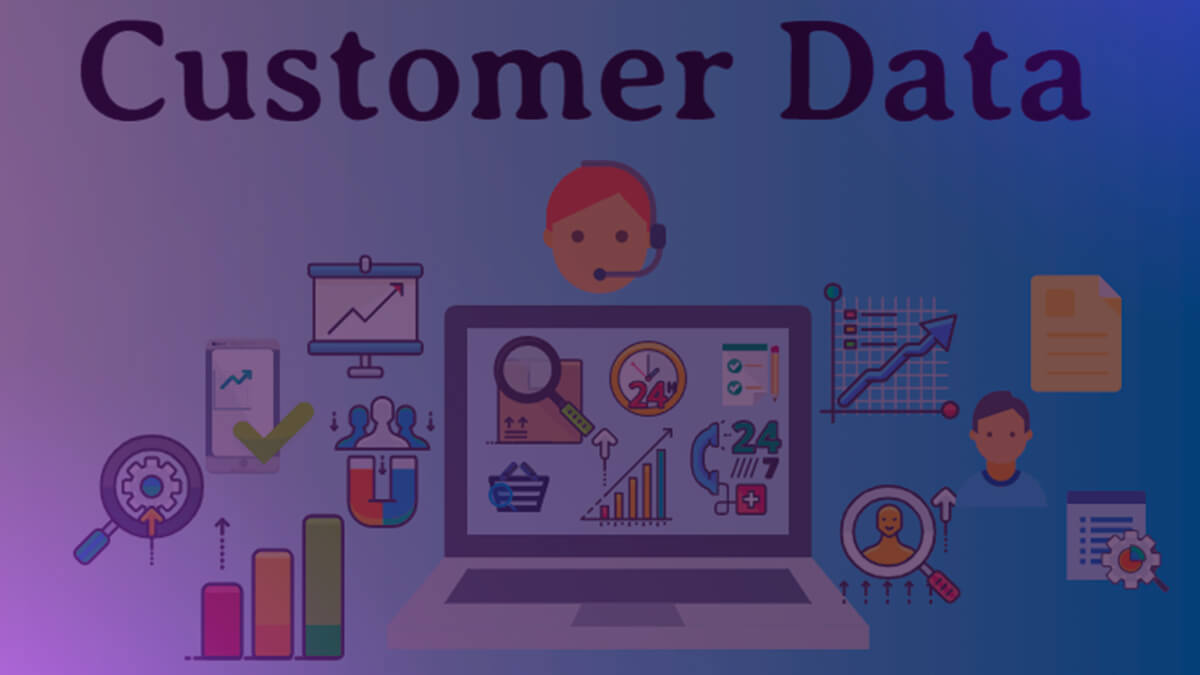
It comprises vital custom and market demographics. Check market demands, common search queries, and purchasing patterns. You can also find buyers’ interests.
Product data:
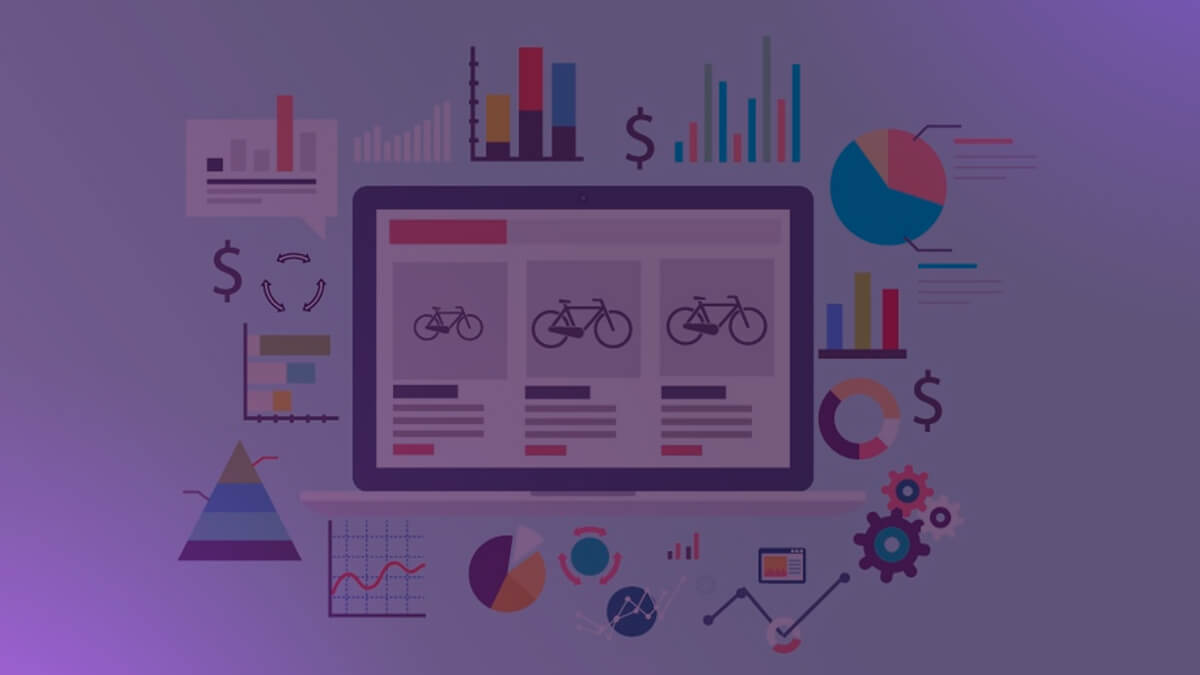
It includes data about stock availability and price ranges. You can also find available vendors or suppliers and customer ratings.
Transaction data:

This includes insights into the most preferred payment modes. You can also check product or service taxes and shipping costs.
Do not worry. Most eCommerce data is available publicly. Many platforms openly display their product/service data and transaction data. So your team can easily scrape this data. You can do so using an efficient eCommerce web scraping application.
2. All about Web Scraping and the way businesses are using it
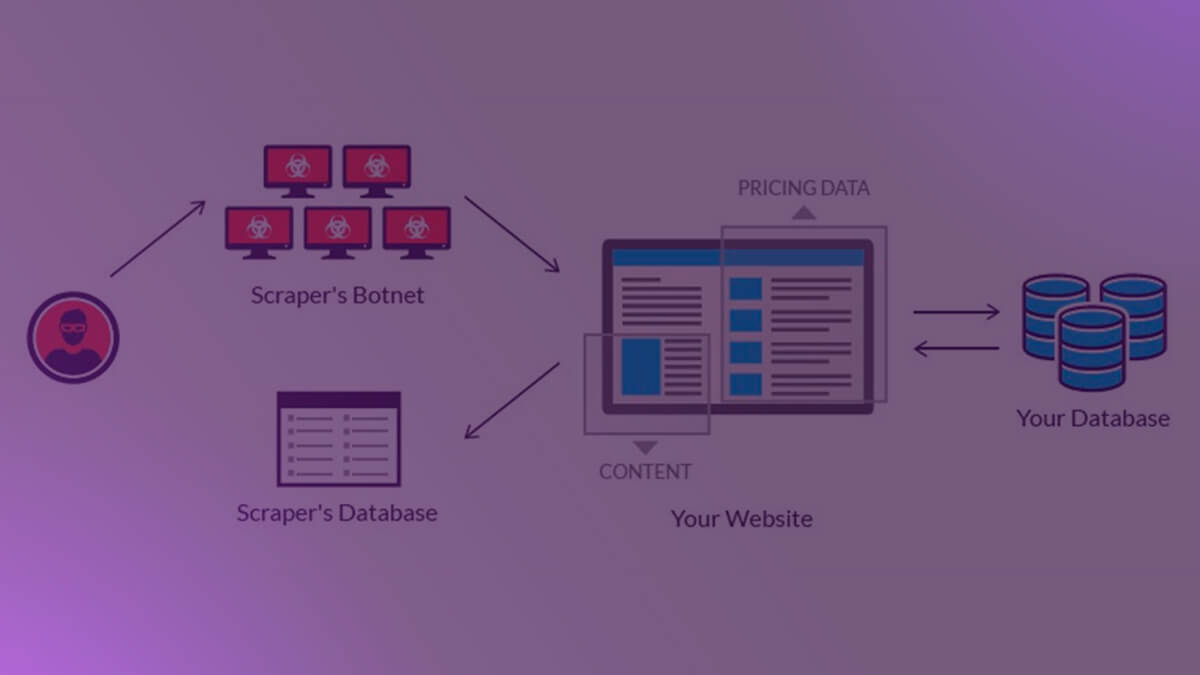
Web scraping is extracting crucial web data by converting it from the raw format (usually HTML) to the usable format (Excel, CSV, etc.). While you can do web scraping manually, it is incredibly time-consuming and inaccurate. An automated tool can save time and money and free your team to focus on other core business operations. Besides, the automated web scrapers assure you of delivering highly accurate results. You can do so in real time since they are not prone to human errors.
We will discuss the practical applications of web scraping shortly. However, let us have a quick idea of how businesses implement it. Modern-day eCommerce websites are considering using web scraping. This is useful for improving their SEO strategies. It helps to gather the right analytical insights. Besides, web scrapers help online businesses to find the most targeted keywords. They can create high-quality backlinks. You can enhance their online presence on Google and other search engines.
Moreover, web scraping can be vital for generating better-quality leads. This is possible by gathering contact information about prospects. For example, you can collect customer data. You can do so by scraping their social media profiles. This is on which your potential buyers may have shared their personal information. What’s more, you can also study common social media sentiments using these tools.
Another critical application of web scraping is to compare prices. You can analyze product descriptions. For example, you can scrape data from various comparison shopping portals. They are like Amazon, eBay, Shopify, etc. You can compare the prices of similar products. They are the ones offered by different retailers or merchants.
3. Use cases of Web Scraping
Now, let us discuss the five practical methods of using web scrapers. This will boost your eCommerce store’s growth and make the most out of them.
Watching how competitors set their prices

As an eCommerce business with a long vision, your primary goal is to stay ahead of the competition. To achieve that, you need to learn what your competitors are doing. You need to analyze the keywords they are ranking for and who are their target customers. You can learn their online marketing strategies.
Moreover, you also need to make price comparisons and study their pricing patterns. Now, analyze whether your customers are finding your product prices justifiable. Also, are your prices reasonable compared to the current market trends? Are your prices higher or lower than your competitors? If it is higher, then what add-on services or support are you offering?
Try to identify gaps in these areas (if any) and find solutions to the problem areas. A web scraper can help you gather all this critical data. You can find solutions to most of your doubts. Thus, you can fix any loopholes in your pricing strategies.
Finding the Best Keywords

We cannot deny the power of using the right keywords and optimizing them on your website content. However, you must identify and analyze the appropriate search terms. It should be based on your niche, and the target audience is crucial. It highly impacts your site’s search engine rankings.
So, research the key terms or long-tail phrases. These are the ones your rivals use. This is useful in their online marketing strategies and campaigns. Then, using a web scraper, identify the commonly used keywords. This will be useful for your particular product. Thus, you can implement them in your web page content. You can do so after discovering what your customers are looking for.
Getting New Prospects
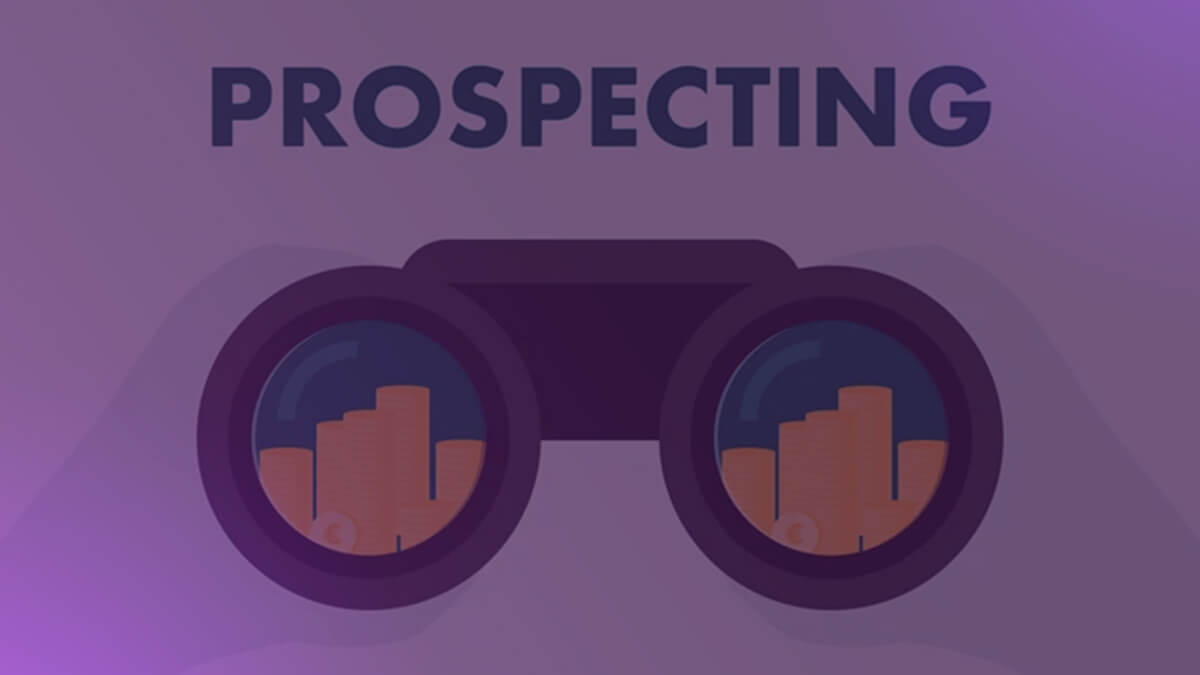
Lead generation is crucial for every eCommerce business. It is mainly in the era of rising market competition. They are product pricing upgrades, retaining customers, and expanding your client base. Do you have a stable customer base? You still need to make small changes or efforts. This is possible by implementing the right SEO techniques, etc.
Again, web scraping may come to your rescue. It will enable you to collect relevant data about sellers and merchants. This will help you to plan tactics for attracting existing and new customers. You can also scrape data from publicly available online business directories. They are such as Yellow Pages. You can collect data about business names, contact details, addresses, industries, etc.
Analyzing Market Sentiment
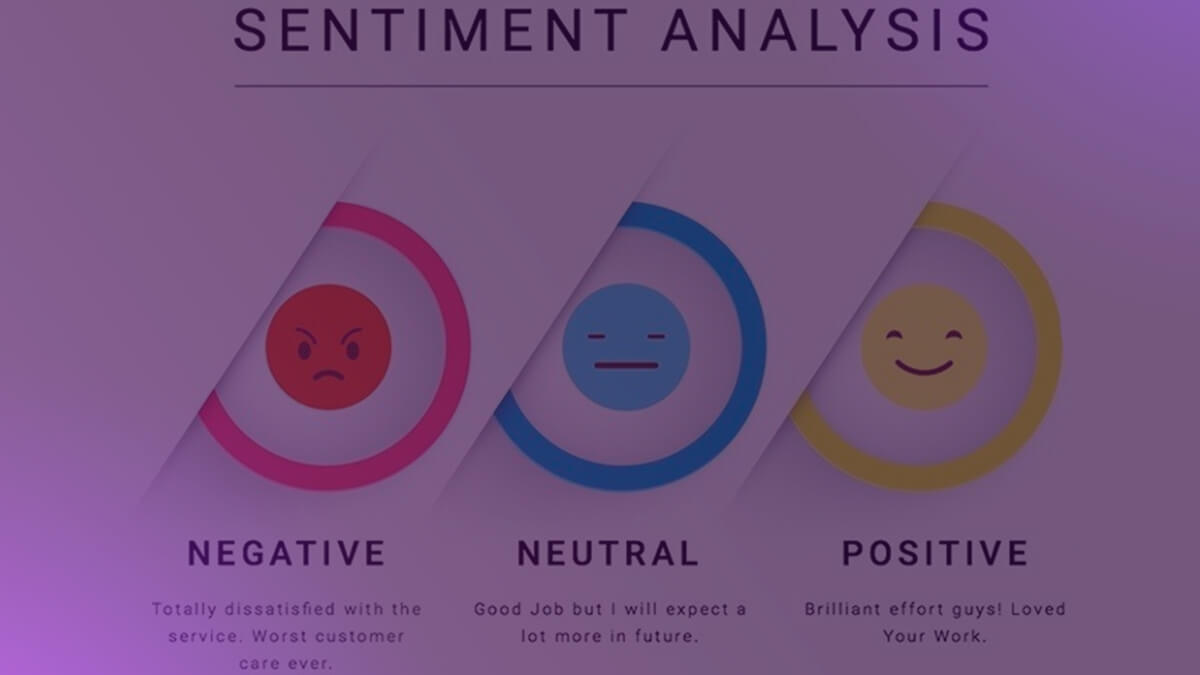
Gathering data about customer sentiments is necessary. Thus, you can learn about their interests and demands. You can also find their purchase habits. Identifying the latest market trends is vital. This helps to determine what customers are talking about. Web scraping can help you extract this data from social media platforms. You can also collect data from other community groups. For instance, Amazon, Twitter, or LinkedIn can provide such insights.
Finding the Best Suppliers

Lastly, you need to find the right suppliers and vendors. This will ensure on-time order fulfillment, thus retaining more customers. You need to manage your inventories better and negotiate the prices. You can also learn about the terms you are getting to receive the best value.
You need to devise a strategy. It is rather than landing on your competitor’s page. It will be for your potential customers who are buying from you. So, employ an eCommerce web scraping tool to find the right suppliers and price details.
4. What problems can come up when scraping e-commerce sites?

Let’s be truthful! You may come across several challenges in your eCommerce web scraping plans. They include -
You may witness changes in your site’s interface. This will require reprogramming to ensure seamless user experiences.
Several eCommerce portals install anti-scraping tools to protect their data, such as CAPTCHAs. So, you may need to implement CAPTCHA solvers with your web scraper.
You may experience cloaking. It is the practice of presenting separate data (apart from the original information). It is whenever the website detects the visitor is an automated bot. You may have seen the “I am Human” verification.
Apart from the above, you may also face honeypots and IP bans. It hampers your web scraping processes. So, try hiring professional web scraping teams. This will help to gather data without interference. They would know the solutions to such issues too.
Conclusion
To conclude, web scraping can be a game changer. It promises higher lead generation and business growth. So, without further ado, jump right in to gain valuable insights you might have been missing all this time! We hope the above use cases help you to know the right ways of applying web scraping techniques.








Leave a Reply
Your email address will not be published. Required fields are marked